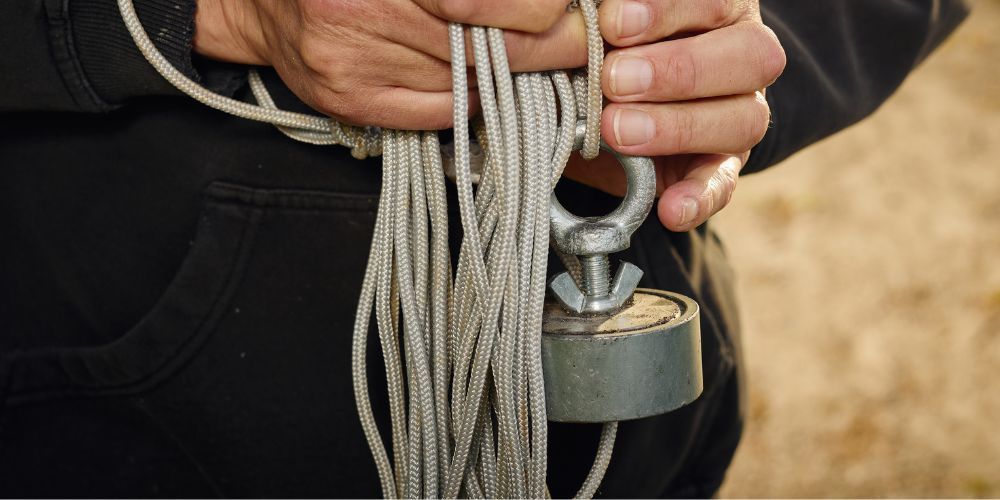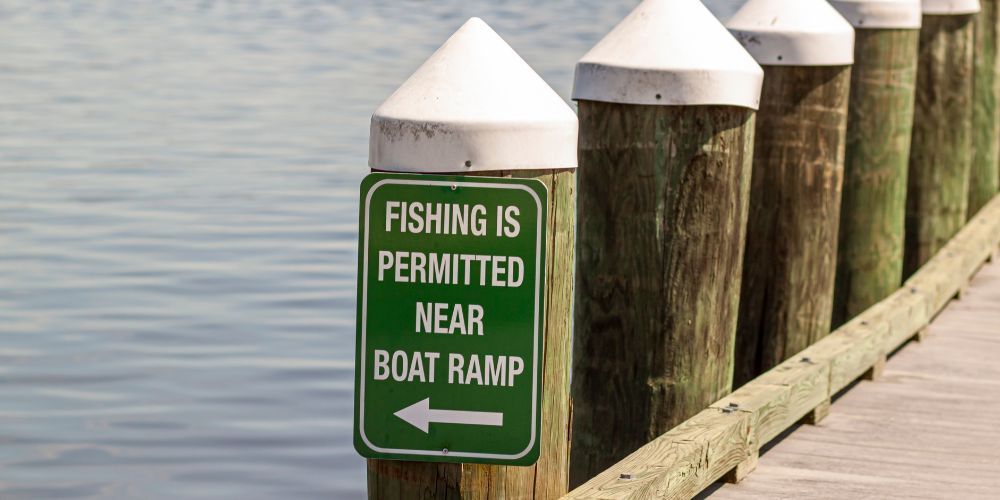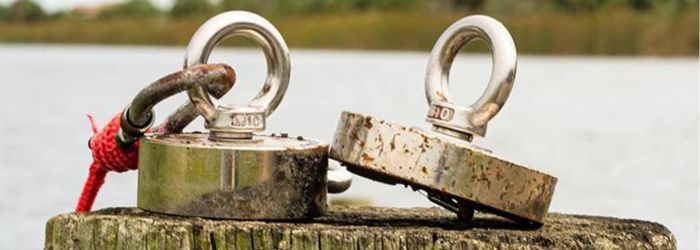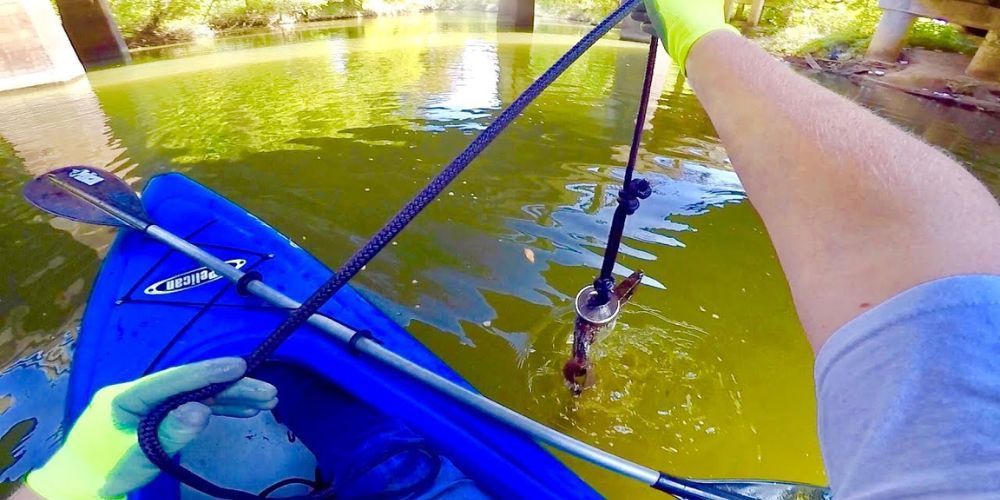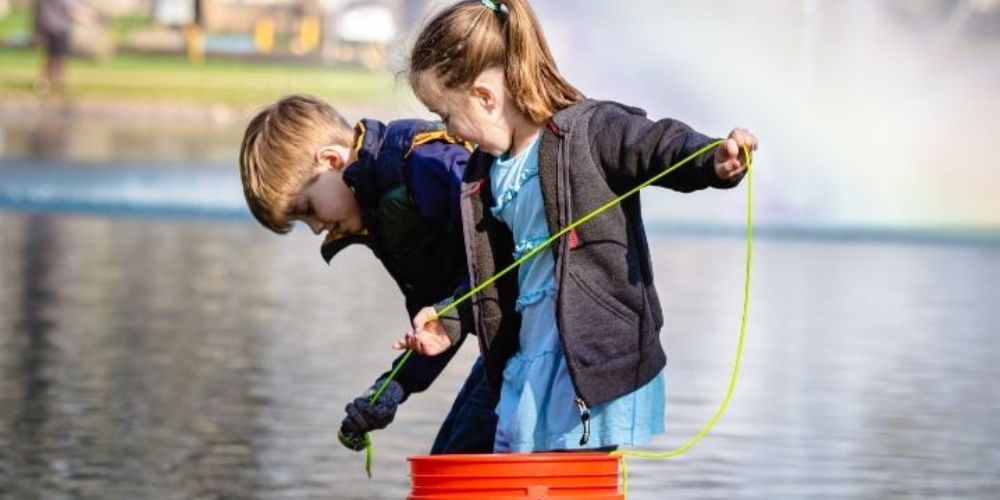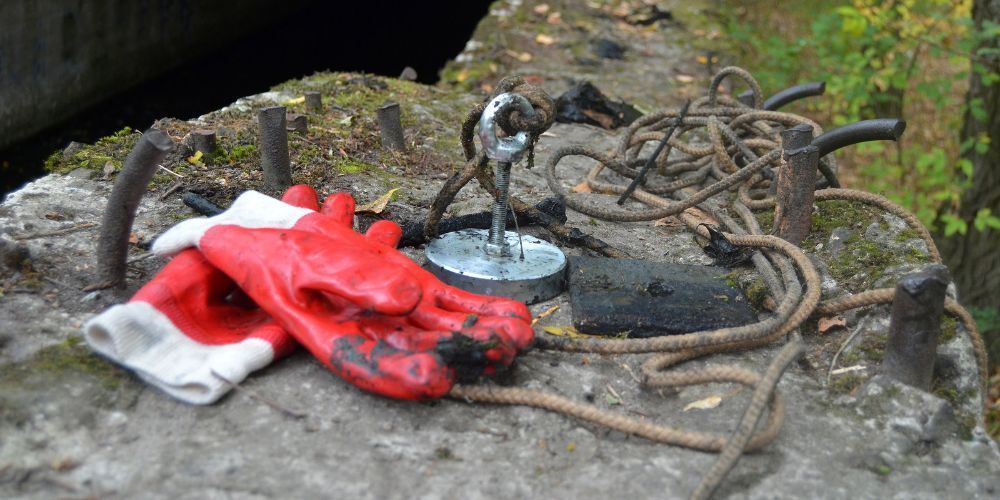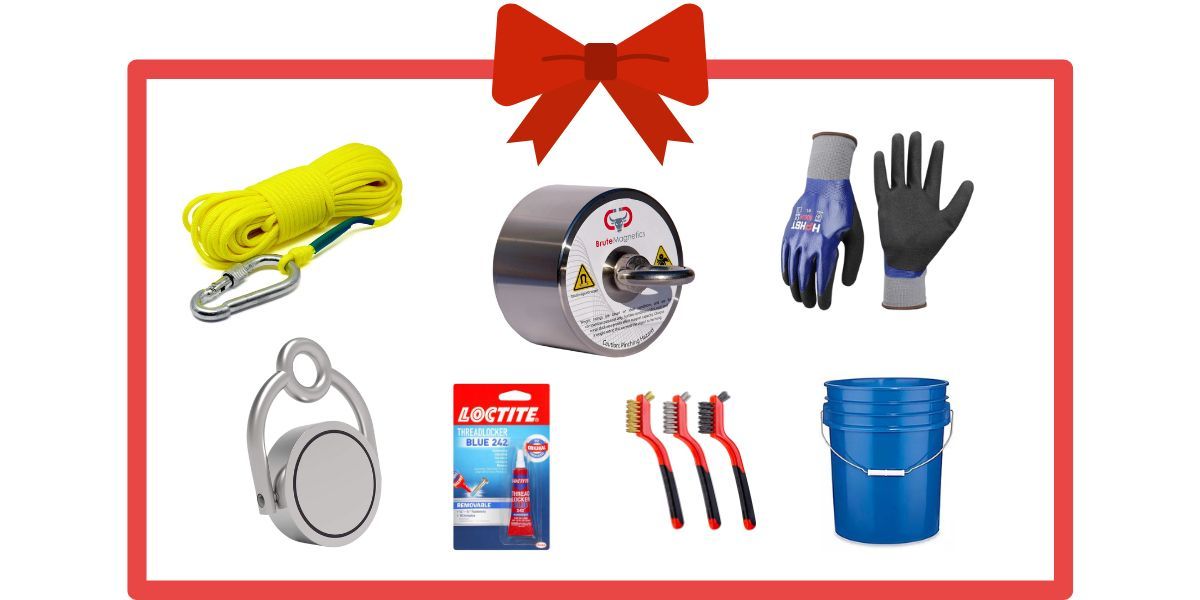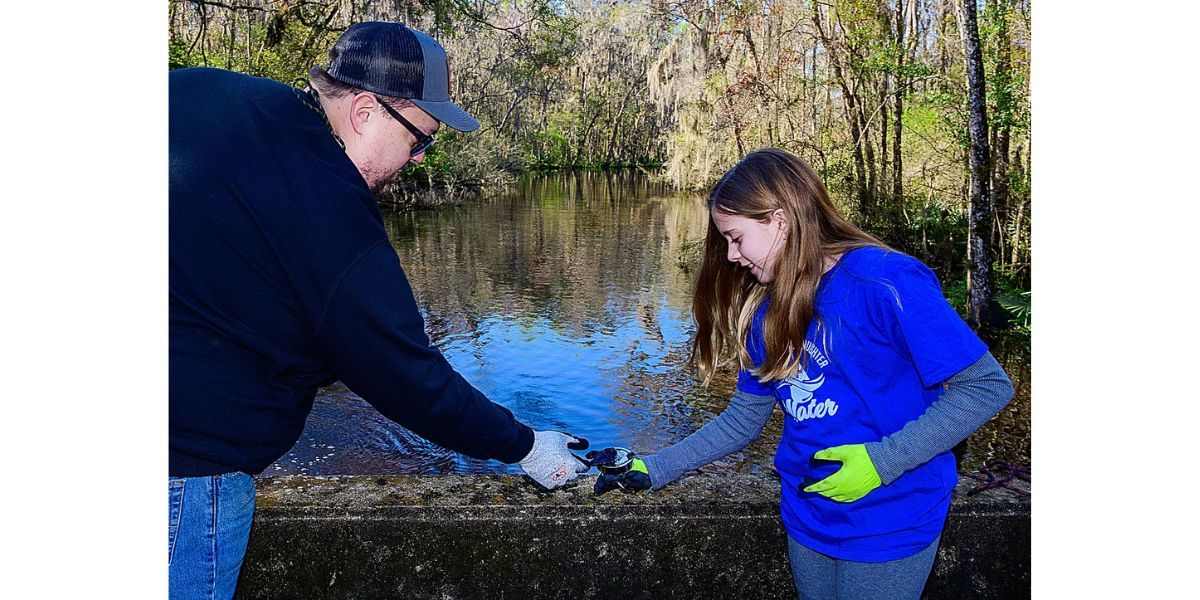What Hidden Treasures Can You Find Magnet Fishing?
Magnet fishing is the best activity for anyone into treasure-hunting.
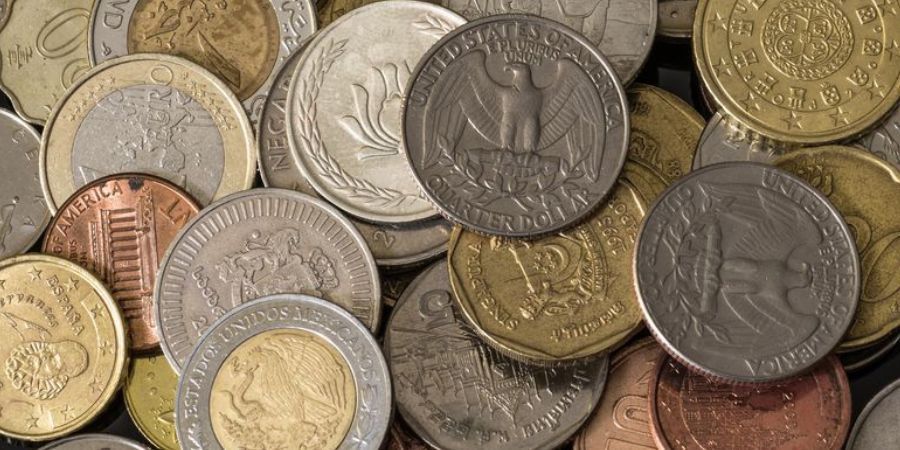
Exactly as the name sounds, magnet fishing is about using strong magnets to scourge rivers, seas, lakes, swamps, streams, creeks, and bays to clean or find valuable finds. Magnet fishing finds are as versatile as they can get. You can find anything buried in shimmering waters, from jewelry to artifacts and scrap metals.
Areas to Look for Magnet Fishing Finds
Where you choose to magnet fish determines what you are likely to find. Magnet fishing hunters frequent high foot traffic water areas to increase their chances of finding treasure. Bridges, harbors, piers, and docks are always a buzz of activity. When humans hang out around water bodies, plenty of unexpected things get caught up in the waves.
You may also want to check out water bodies with a rich history for artifacts. Rivers used by early European explorers and Native Indians contain rare magnet fishing finds. It may require a lot of patients and hope, but it is definitely worth every effort.
If you have a water body passing through cities or urban dwellings, you can find a valuable treasure because of the water's proximity to the human population. Granted, there may be plenty of scrap metal between catches, but you can still get magnetic valuables amid the junk.
Your attitude as you wade through the waters should be like an explorer. Anticipate catching anything. Remember to have fun, enjoy the scenery, be safe, and unwind on your expedition.
Prior to engaging in magnet fishing, it's essential to be well-versed in the laws and regulations that govern the activity in your chosen location. Be aware that certain areas might necessitate special permits or could be off-limits for magnet fishing. Show respect for private lands and strictly follow any rules established by local governing bodies.
Here are some magnet fishing finds anglers get when they indulge in their favorite activity.
Coins
Although none of our US coins are magnetic, early European and Canadian coins contain steel. Steel is magnetic. You can strategically place yourself on rivers flowing from Canada into the US or go treasure hunting on historic rivers to increase your odds of finding rare coins.
While coins are not magnetic, you can find them in magnetic carriers. A treasure hunter found a metal safe filled with coins while ferro-hunting for treasure. Another magnet fishing fanatic found a rusted tin with coins from different eras.
Cash Boxes
Can you land a cash-containing box while you hunt for metal treasure? The answer is yes. A teenage magnet fisher found a safe loaded with thousands of dollars. It turns out the safe got stolen 22 years ago. The young lad returned his magnet fishing find to the rightful owner.
You can find money in the deep if it is in a metal container. Some places require you to report your find in case the money has shoddy dealings that may entangle your life.
Guns
Firearms are another highly-probable magnet fishing finds. A group of Baltimore ferromagnet hunters found multiple guns at Patapsco River during different fishing expeditions and gave them to the police. Their actions turned them from magnet fishing fanatics to probable case solvers.
Check out our post on What to Do If You Find a Gun Magnet Fishing for legal, safety, and ethical guidance.
Not every rifle, pistol, or shotgun ends up in the water body because of crime. However, the finders-keepers principle may not apply to this type of magnet fishing finds. Check out the abandoned property law in your area to be on the safe side.
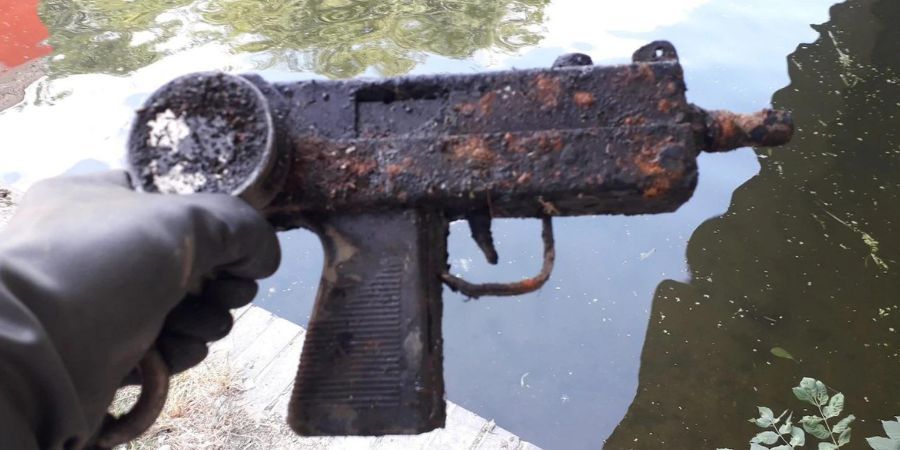
Collectors Items
Water bodies hold many magnetic items in their bed. A keen angler can profit from such treasures, from compasses and old watches to jewelry, pocket knives, and valuable knick-knacks.
You can get discontinued brands that collectors can pay a hefty fee to include in their stash. The list of collector's items out there is unquantifiable. Anywhere where civilization came close to a water body, there are likely chances of finding lost treasure.
Bicycles
Plenty of bicycles end up in rivers, swaps, creeks, ponds, lakes, and streams. One lucky magnet fisher found a
brand new mountain bike while magnet fishing. Bikes are an excellent find, regardless of their condition. You can fix them up for sale or use. The make and brand of the bike can also add value to your find. It could be a collector's item, earning you a couple of dollars.
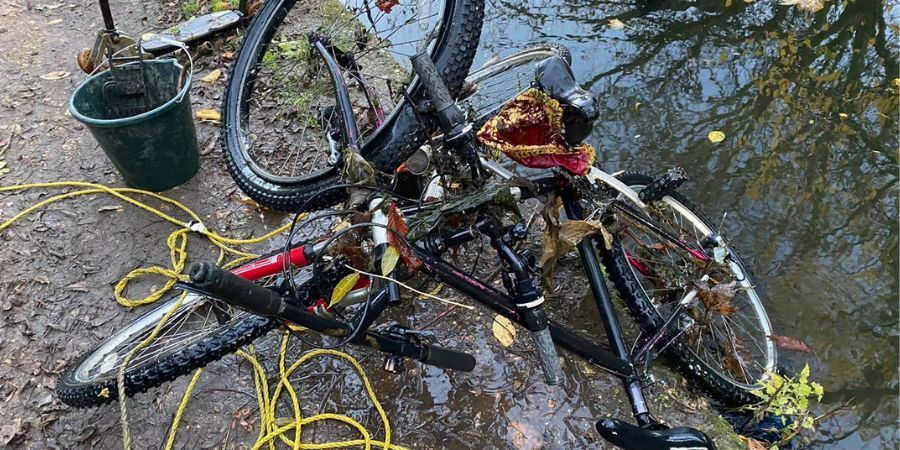
War Artifacts
The war era saw plenty of equipment, gear, and weapons end up in the US water bodies. Among the common magnet fishing finds belonging in the war error include:
- Helmets - a magnet fishing angler found a stash of World War II helmets belonging to German soldiers in what they purported to be a mass grave.
- American civil war cannon balls - magnet fishing fanatics have also found cannon balls, which belong in the museum, not the bottom of a lake.
- Civil War military weapons - many ferromagnet hunters have found pistols, knives, and other equipment used during the civil war.
- Military dog tags - you can return this magnet fishing find to the owner or their family. You can also hand it to the military museum because the dog was probably a soldier's companion.

Jewelry
Another common treasure in water is jewelry. Diamonds or silver bracelets, necklaces, rings, and brooches end up in the water as lost items. They are common in high-traffic areas like bridges or where anglers frequent for fishing, swimming, boat riding, or camping.
Fishing Hooks
Anglers frequently lose their hooks while fishing. If you hunt for ferromagnet treasure in high-traffic fishing spots, you will attract a lot of fishing hooks. You can begin a fishing hook business as a side hustle to your magnet fishing hobby and earn a few coins while at it. Whatever your magnet fishing finds, always remember to have fun.
Author: Will Flaiz


